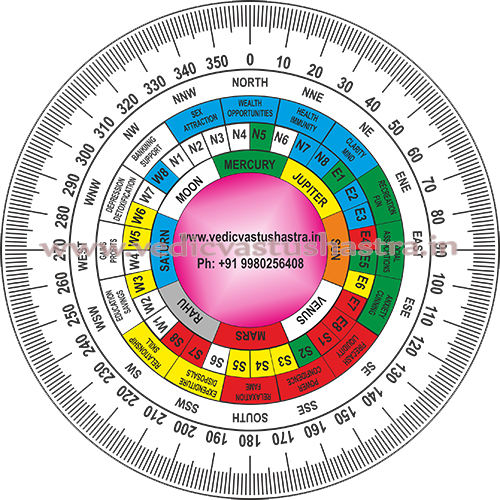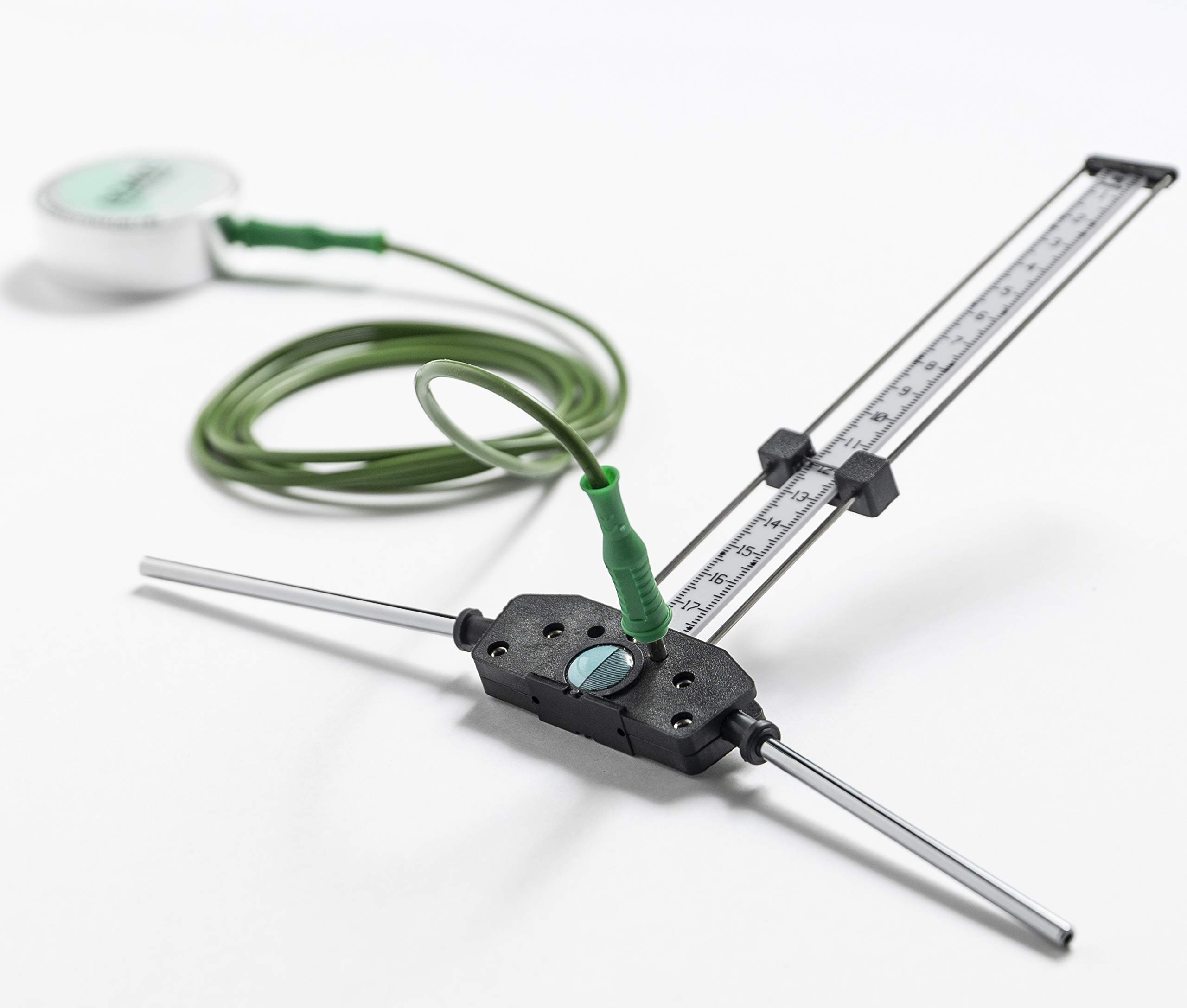Mahavastu
Learn Vastu and vedic Jyotish
Mahavastu for health , wealth and Happiness

MahaVastu is a modern adaptation of the ancient Indian science of architecture and design known as Vastu Shastra. It focuses on creating harmonious living and working environments by aligning physical spaces with the natural energies of the universe. MahaVastu was developed by Vastu expert Dr. Khushdeep Bansal and incorporates traditional Vastu principles with contemporary needs and practices.
Key aspects of MahaVastu include
Zone Theory: MahaVastu divides a space into 16 zones, each associated with different aspects of life, such as health, wealth, relationships, and career. Proper placement and arrangement within these zones are believed to enhance the corresponding aspects of life.
Case Studies and Practical Applications: MahaVastu provides numerous case studies and practical examples to demonstrate the effectiveness of its principles in real-life scenarios. This helps individuals and professionals apply the concepts effectively in their own spaces. If you have specific questions about MahaVastu or need guidance on applying its principles, feel free to ask!
Mahavastu for Health , Wealth & Happiness
Home
Mahavastu is a modern adaptation of the ancient Indian science of Vastu Shastra, which focuses on creating harmonious and positive living spaces by balancing the five elements (earth, water, fire, air, and space) and aligning them with the eight directions.
Office
Applying Mahavastu principles in an office setting can help create a productive, positive, and harmonious work environment.Implimenting Mahavastu tips can help create a harmonious, balanced, and productive office environment, promoting the well-being and success of the business and its employees.
Industry
Applying Mahavastu principles to a factory can help enhance productivity, safety, and overall positive energy within the workspace.Implementing these Mahavastu tips can help create a balanced, harmonious, and productive factory environment, promoting the well-being and efficiency of the workforce.
Vedicvastu and Mahavastu
Vedic Vastu is more traditional, rigid, and heavily based on ancient scriptures and principles, focusing on architectural design and symmetry. Mahavastu is a modern, flexible, and practical approach, providing easy-to-implement solutions and remedies for existing structures, with a strong emphasis on directions and scientific analysis. Both systems aim to create balanced and harmonious spaces, but they differ in their methods, flexibility, and adaptability to contemporary needs.

Vastu Dosha Report
A Vastu Dosha report identifies flaws or imbalances in a space based on Vastu Shastra principles. These doshas (defects) can affect the energy and harmony of a home or office. Here's a guide on how to create a Vastu Dosha report and common remedies for identified issues:
Steps to Create a Vastu Dosha Report Site Visit and Observation: Walk through the entire property, including all rooms, the exterior, and surrounding areas. Note the orientation and placement of key areas like the entrance, bedrooms, kitchen, bathrooms, and living spaces. Direction and Element Analysis:
Identify the directions (North, South, East, West, and their sub-directions) associated with each part of the property. Assess the balance of the five elements (earth, water, fire, air, and space) in these areas.
Identify Vastu Doshas:Compare the current layout with Vastu principles to identify doshas. Common doshas include improper placement of rooms, entrances, toilets, and kitchens. Note any structural issues like beams, columns, and sloping floors that may contribute to doshas.
Prepare the Report:Document each identified dosha with its location and potential impact on the occupants. Suggest remedies for each dosha, considering practicality and feasibility.

Energy Detection from Lecher Antenna
The Lecher antenna is a tool used in dowsing and radiesthesia to detect and measure energy fields and electromagnetic frequencies in various environments, including homes, offices, and factories. Here’s a step-by-step guide on how to use a Lecher antenna to detect energy
Using a Lecher antenna effectively requires practice, patience, and attention to detail. With time, you can accurately detect and interpret various energy fields, helping to create more harmonious and balanced living and working spaces.

Mahavastu remedis without demolishing
Implementing Vastu remedies without demolishing existing structures is possible through various practical and simple methods. Here are some effective Vastu remedies that can be applied without major structural changes: 2. Mirrors , 3. Plants ,3 Symbols and Yantras 5. Lighting , 6. Water Elements , 7. Wind Chimes and Bells ,9. Salt Remedies , 10. Furniture Arrangement , Alignment: , 11. Use of Metals,13. Artwork and Photographs , Pyramid Structures,15. Auspicious Objects .By incorporating these remedies, you can enhance the positive energy in your space without the need for major structural changes or demolitions. These practical and easy-to-implement solutions can help create a more harmonious and balanced environment.

MahaVastu
Nanjappa (International Vastu Trainer & Coach
- Contact Us: Ph / Form / Whatsapp
- Phone : 91 9980256408
- Maha Vastu Plans, Vastu Remedy Sofware ,Autocad Vastu Circle and many more...
- Service : Bangalore, India & Abroad

